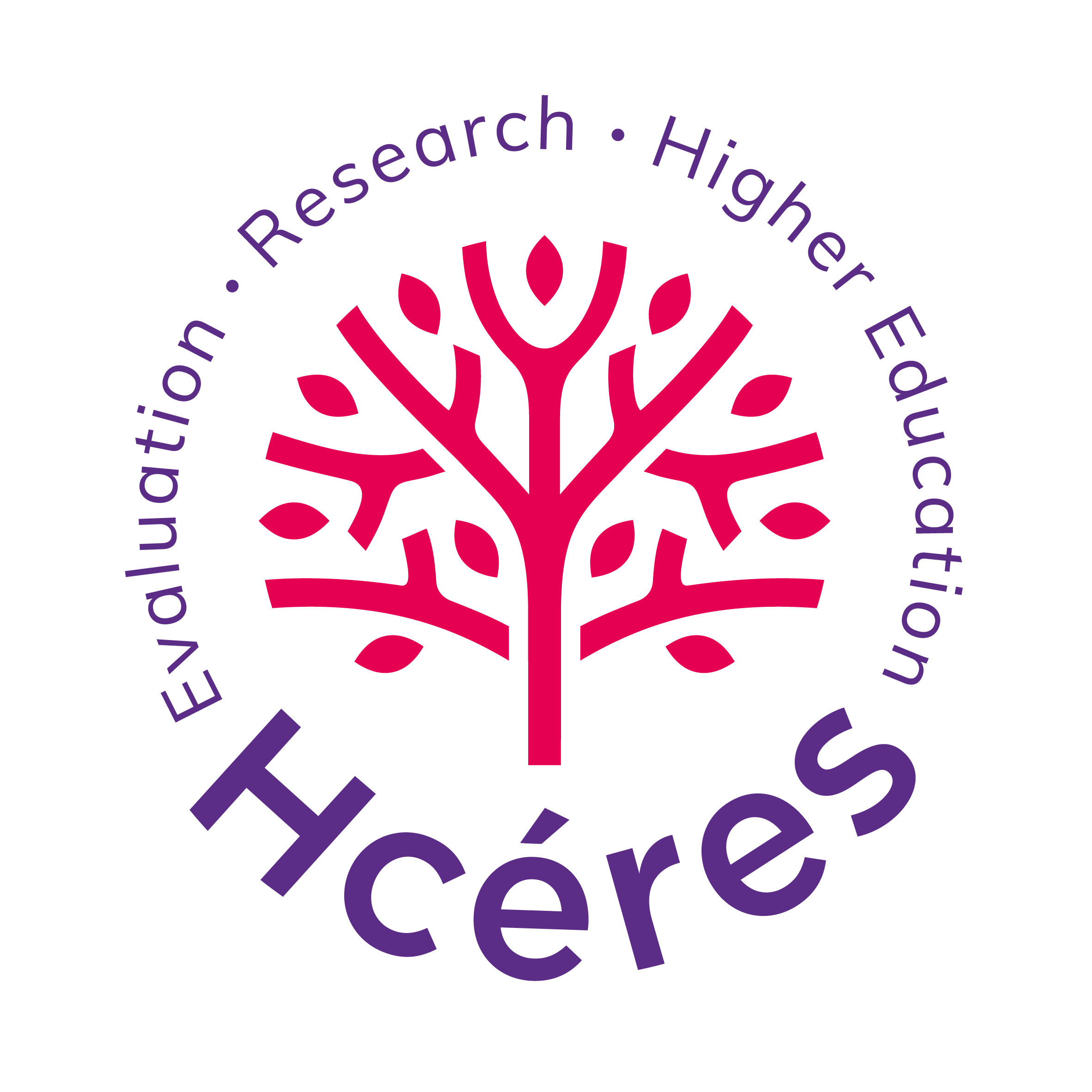Sources and data
One of the main ways in which research results are disseminated is in scientific journals and conference proceedings. Bibliographic databases contain information describing the source publications (journal, authors, affiliations, country), their scientific content (title, keywords, abstract, etc.) and their links with other publications (bibliographic references or citations).
To produce its bibliometric analyses, the OST uses the Web of Science (WoS) database from Clarivate Analytics, which it supplements with additional data (geographic, institutional, etc.). WoS is one of the main databases used in bibliometrics: it lists the scientific journals and conference proceedings that are the most influential internationally. They are selected on the basis both of their editorial qualities and their use by peers, as measured by citations. WoS is more representative in areas that are genuinely internationalised than in applied or “field” areas of study, or in those with a strong national tradition. It is therefore less representative for certain areas of engineering sciences, the humanities and social sciences. The coverage of the database does continue to evolve, however, and new journals are included in it each year.
The classification into eleven fields of science in the OST database is the result of the aggregation of the research areas established by Clarivate Analytics. These fields are:
- Applied Biology-Ecology,
- Fundamental Biology,
- Chemistry,
- Computer Science,
- Mathematics,
- Physics,
- Medical Research,
- Astro and Earth Sciences,
- Humanities,
- Engineering Sciences,
- Social Sciences.
The journals may be associated with several research areas and therefore with several fields of science. Articles in journals associated with more than one field of science (Nature, PNAS US and Science, in particular) are attributed between the different fields of science according to their subject matter.
Only certain documents are taken into account to calculate the indicators: original articles (including those from conference proceedings), reviews and letters. Those documents for which part of the information is missing (the country, for example) are not taken into account.
A patent is a property title conferring an exclusive right to exploit the invention upon its holder or their beneficiaries for a limited term and territory. To be patentable, an invention must be new, involve a material inventive activity and capable of being used in industry.
In exchange for this exclusive right granted to them, the patent holder (or “applicant”) accepts to disclose their patent. On pain of nullity, the patent must present the invention sufficiently clearly and fully for it to be carried out by a person skilled in the art. The patent is therefore not only a legal title under property law, but also a technical publication.
The indicators describing technological activities are calculated on the basis of the Patstat database (EPO Worldwide Patent Statistical Database) created by the European Patent Office (EPO) with the support of other international bodies (OECD, EUROSTAT, etc.). Patstat contains the records for patent applications once they are published, which is eighteen months after their filing date, and also for issued patents. This database covers some 80 national and regional patent offices around the world, including the EPO which publishes an updated version of its database twice a year.
As it does for the other databases, the OST enhances and supplements the fields in the database by computer processing operations. These operations consist notably in cleaning the addresses (inventors and applicants) by performing specific work to identify them at regional level for certain countries (using the NUTS classification from EUROSTAT). Finally, work is conducted on the applicants to categorise them by sector.
Despite certain biases, the patent indicators can therefore be considered, along with R&D expenditure and innovation surveys, as a reliable approximate indication of the technological position of a country, region, sector or company. These indicators are structured according to a technological classification in five subject areas and 35 sub-areas, based on the International Patent Classification (IPC) and/or on the Cooperative Patent Classification (CPC).
The Framework Programmes (FP) for Research and Development are used by the European Commission to develop European research.
After the 7th Framework Programme (2007-2013), the 8th Framework Programme or Horizon 2020 (H2020) was implemented in 2014 for seven years. It is the flagship programme for R&D activity funding in Europe. H2020 is endowed with €80 billion and strongly focused on innovation. It encompasses the R&D funding instruments implemented by the European Commission, its agencies and its public-private partnerships, but excludes funding provided within the framework of the structural funds of the Directorate-General for Regional Policy (DG Regio). Its three priorities are: excellent science, industrial leadership and societal challenges. Participation in Horizon 2020 is open to researchers from all over the world.
The data generated by the European Commission on H2020 is supplied to Hcéres by the Ministry for Higher Education, Research and Innovation.



